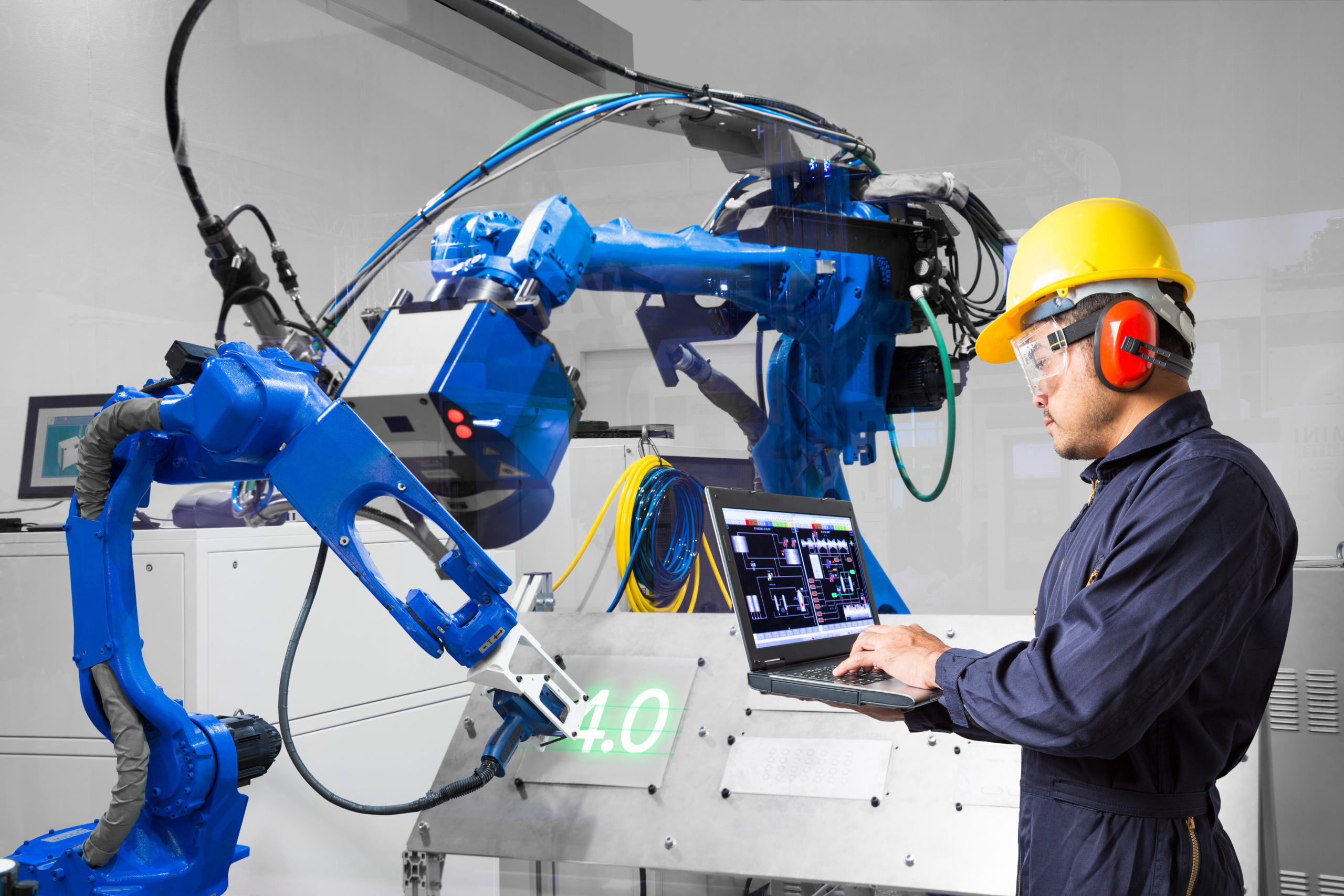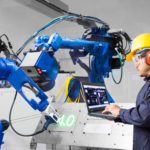Modern technologies have a significant impact on our lives. One of them is making parts for a specific purpose, through the use of computer-aided design and cutting tools. This technology takes advantage of modern processes to create three-dimensional models from which you can manufacture prototypes, mockups or final products with the same material as the future product.
CNC machining is a process of production, in which a machine tool controlled by a computer replaces the traditional machine tools. CNC stands for Computer Numerical Control and means that the computer controls cuts on a surface by moving the tool. CNC machining providers may offer the following:
Profiling
A cutting tool with one end fixed and the other is free, moves along a certain path at right angles to its axis at varying speeds, allowing it to cut an object whose shape lies on this axis (usually cylindrical). This type of cutting is very common in turning centers, milling machines and machining centers, which is used to make components from bars, tubes, or flat plates.
For example, profiling is widely used in the automobile industry for metal sheets. In this process, a sheet of metal is stretched between two points and a rotating cutter equipped with CNC profile cutters forms a part from the sheet.
Face Milling
This type of custom CNC milling tool rotates around an axis parallel to its workpiece. In face milling, the cutting surface has a radius that varies depending on the height of the cut. By using CNC face milling, you can create 3D surfaces with tools that are more flexible than end mills.
For example, a CNC face miller is used to cut a bumper cover for a vehicle from a sheet of stainless steel. In this case, the tool does not necessarily have to be cylindrical but it has curved surfaces and can change direction.
Turning
This type of machining is used to create rotating parts, usually cylindrical in shape, by removing material with a single-point cutting tool that moves parallel to the axis of rotation.
For example, the CNC turning machine is used for making turbine blades or other components around which rotates at high speed. In this process, the blades are cut from a steel bar with CNC turning machines and then the single-point cutting tool turns around the axis.
Thread Milling
A type of milling used for making threads on cylindrical surfaces by removing metal in a helical shape and at varying speeds. Thread mills can be CNC thread millers capable of making threads with different profiles.
For example, CNC thread milling is used for machining screws or bolts according to the desired shape and dimensions. Thread millers are designed to cut the entire thread on the external or internal surfaces of a cylindrical object, regardless of its shape.
Cold Rolling
This type of thread rolling is carried out when the material to be rolled has a temperature lower than its recrystallization temperature.
For example, cold rolling can be used for machining internal screw threads in molds for plastic production, which would be very difficult to make with traditional methods. The cold rolling process allows you to reproduce the shape of a thread more accurately than hot rolling and is used when high dimensional accuracy is required.
Hot Rolling
This type of thread rolling is carried out at temperatures higher than the recrystallization temperature of the material. In this process, two rolls are pressed together at a certain pressure and speed in order to deform the surface of the workpiece into the desired shape.
For example, hot rolling can be used for thread machining on steel rods with different diameters to create large quantities of screws for many applications. It is also possible to use cold rolling instead of hot rolling if greater precision is required.
Thread Forming
A process in which threads with complex shapes are formed on cylindrical surfaces by removing metal in a helical shape with CNC thread milling machines.
For example, this process may be used for making screws or bolts with complex shapes that are difficult to produce manually. The thread forming process allows you to reproduce the shape of a screw more accurately than other processes, even if it is very complex.
Final Thoughts
CNC milling machines can be used to make complex shapes and making pieces of various types of materials. Precision is often required when working with metals and other high-density materials.
Some operations such as thread cutting, thread rolling, cold rolling, and hot rolling can be carried out by CNC thread millers for greater accuracy and productivity. By understanding the different types of machining operations you can pick the best option to complete your work.















